The Douglas F4D Skyray was a naval fighter with an unconventional design and impressive performance.
Gallery:



Features:
- Armament: 4x Colt Mk 12 20mm Cannon, 2x AIM-9B Sidewinder, 14x FFAR, 2x 300 gal drop tank, 1x NavPac
- Livery: USMC, VMF(AW)-115
- Fairly accurate performance
- A cockpit that should be VR compatible
Controls:
- AG 1 and Yaw: Nose Steering
- AG 2: Air Brake
- AG 3: Tailhook
- AG 4: Drop Tanks
- Throttle>95% for Afterburner
- Trim for trim
Notes:
- Thanks ChiChiWerx for the roundels
Background:
The F4D Skyray began design in the late 1940s as a carrier-capable fighter aircraft with an emphasis on a high rate of climb for intercepting high altitude targets. Engineers at Douglas were encouraged to pursue a delta wing design based on captured aerodynamic data from Germany after the end of World War II. Ed Heinemann, later designer of the A-4 Skyhawk, would win the Collier Trophy for his work on the Skyray. The final aircraft configuration was a tailless design with an unusual delta wing that was highly swept and had rounded edges. But despite its advanced design, or perhaps because of it, engine problems meant the F4D would not enter service until 1956.
The Skyray had impressive flight performance, capable of reaching supersonic speeds in a dive. It also offered good overall maneuverability and visibility. But it had limited range and difficult handling. Nicknamed the “Ford” from its F4D designation, the Skyray was not an easy aircraft to fly. It was unstable, and this became especially noticeable at transonic speeds. Takeoffs and landings could also be problematic.
The Ford was used by both the Navy and Marines but never saw combat. It even served for a time under Air Defense Command as part of NORAD, unusual for a naval aircraft. Redesignated as the F-6 Skyray in 1962, the aircraft would be retired soon after. The Ford’s poor air-to-ground ability, limited future growth potential, and more capable contemporaries meant that it was retired in the early 1960s. Follow-on designs did not enter production, although the Skyray was used to launch a number of experimental rocket payloads like the NOTSNIK. Few Skyrays survive today and none are flightworthy.
Specifications
Spotlights
- This craft is curated
- DeathStalker627 1.9 years ago
- Default4 1.9 years ago
- F4f879 1.9 years ago
- NatsukiHoshino 1.8 years ago
- LonelyAustrianUhlan 1.9 years ago
- WinsWings 1.6 years ago
- AnomalyYeet 1.9 years ago
- HuskyDynamics01 1.9 years ago
- MrCOPTY 1.9 years ago
General Characteristics
- Created On Windows
- Wingspan 32.5ft (9.9m)
- Length 44.3ft (13.5m)
- Height 16.2ft (4.9m)
- Empty Weight 14,075lbs (6,384kg)
- Loaded Weight 22,395lbs (10,158kg)
Performance
- Power/Weight Ratio 0.71
- Wing Loading 51.9lbs/ft2 (253.6kg/m2)
- Wing Area 431.2ft2 (40.1m2)
- Drag Points 1639
Parts
- Number of Parts 507
- Control Surfaces 5
- Performance Cost 1,990

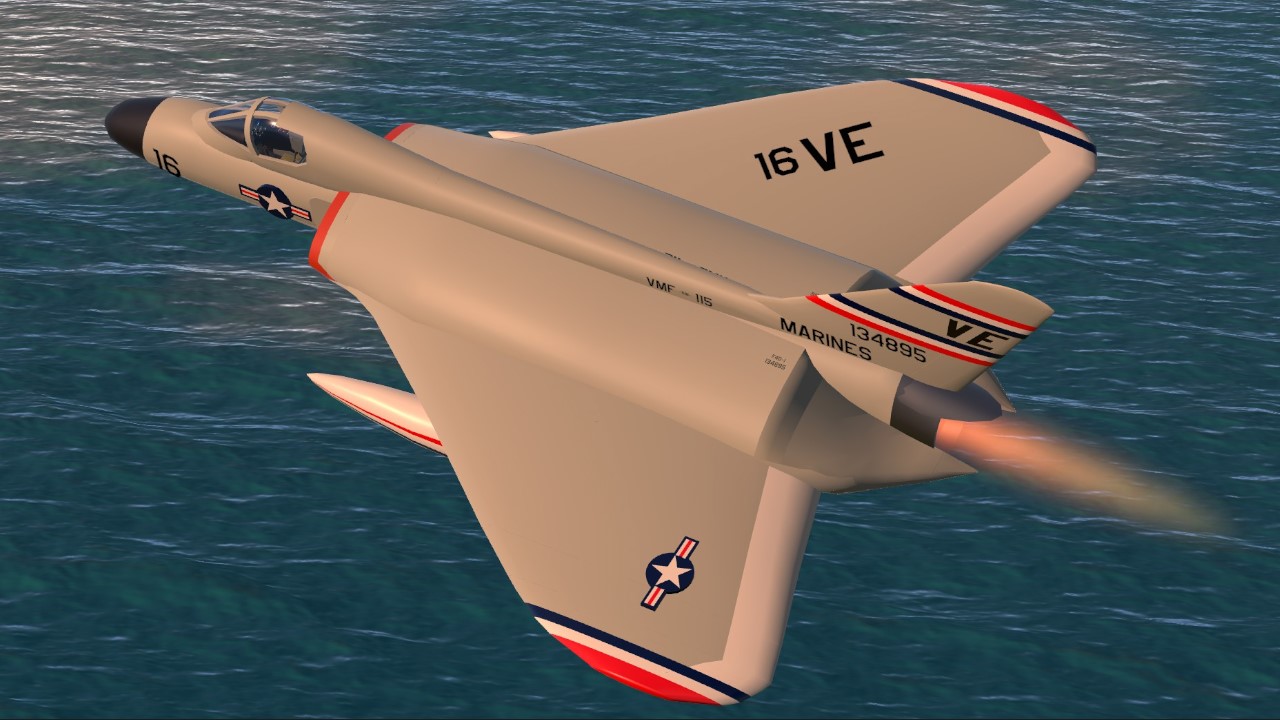
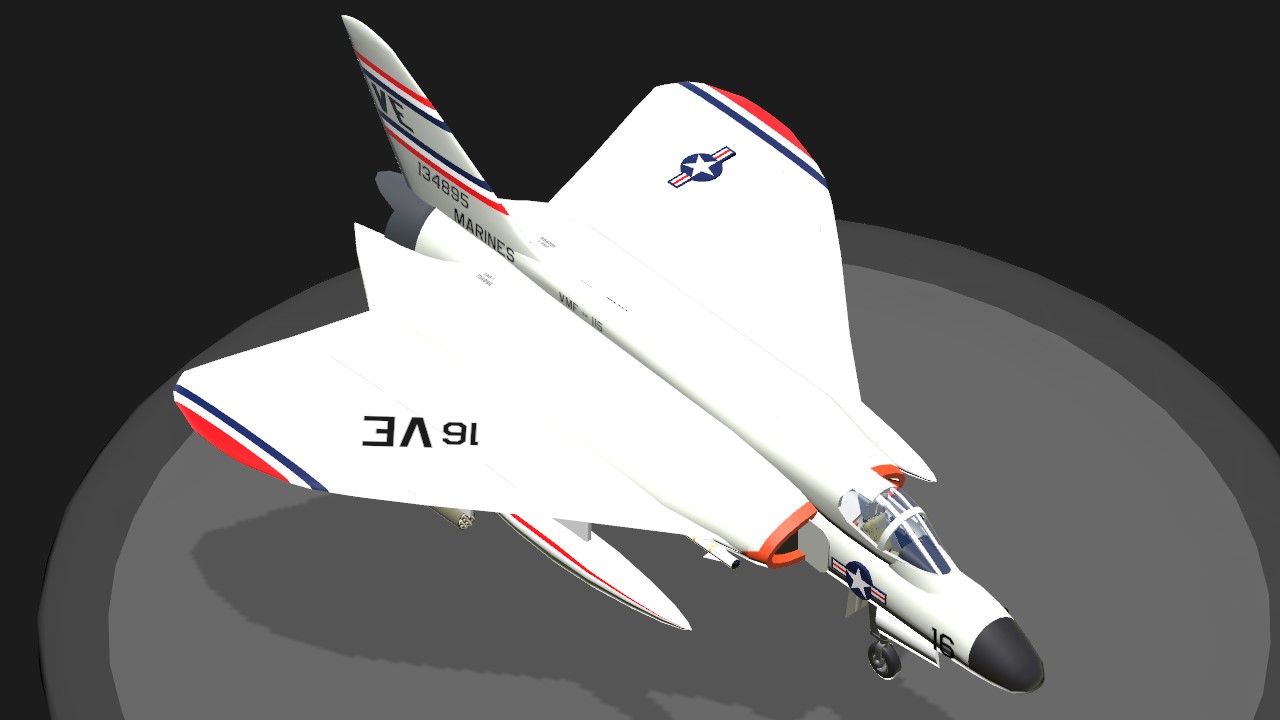
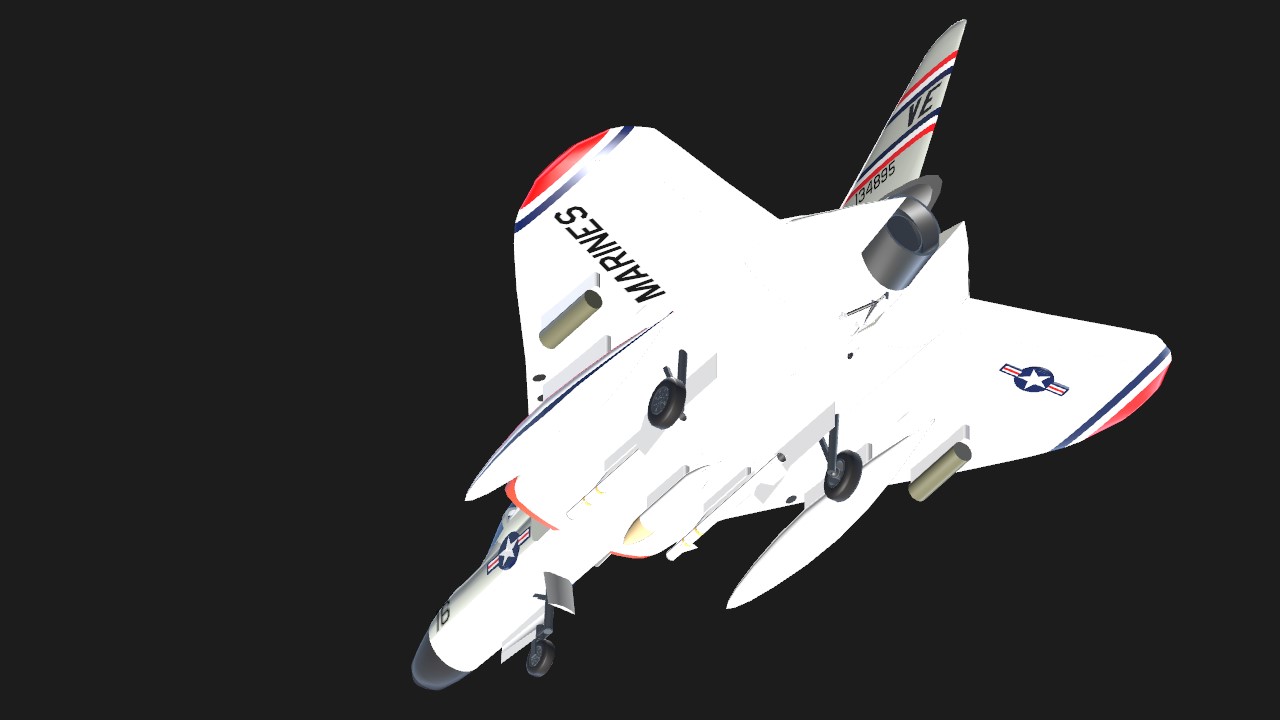
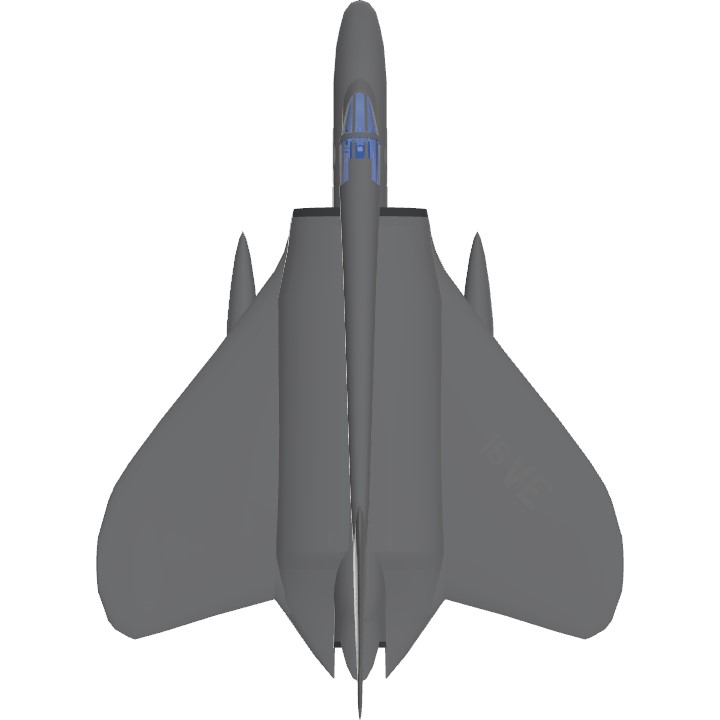
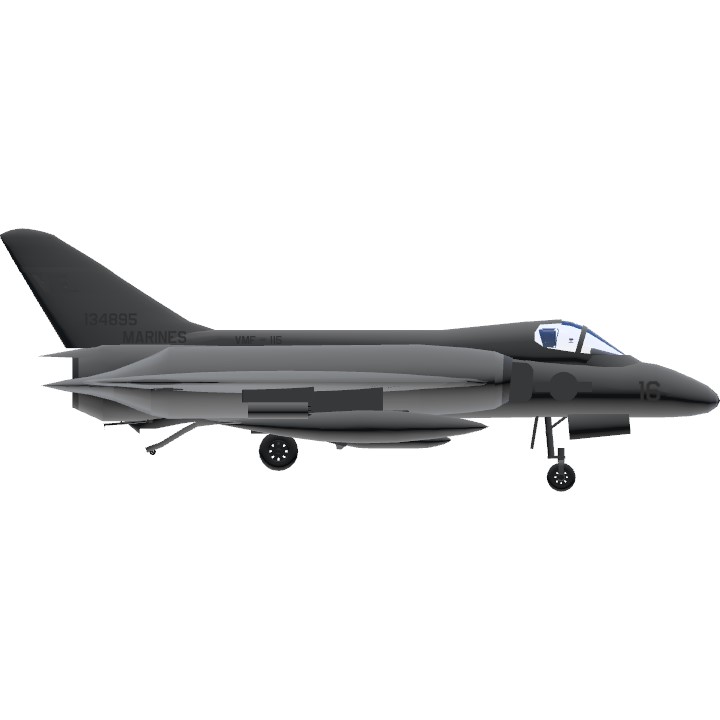
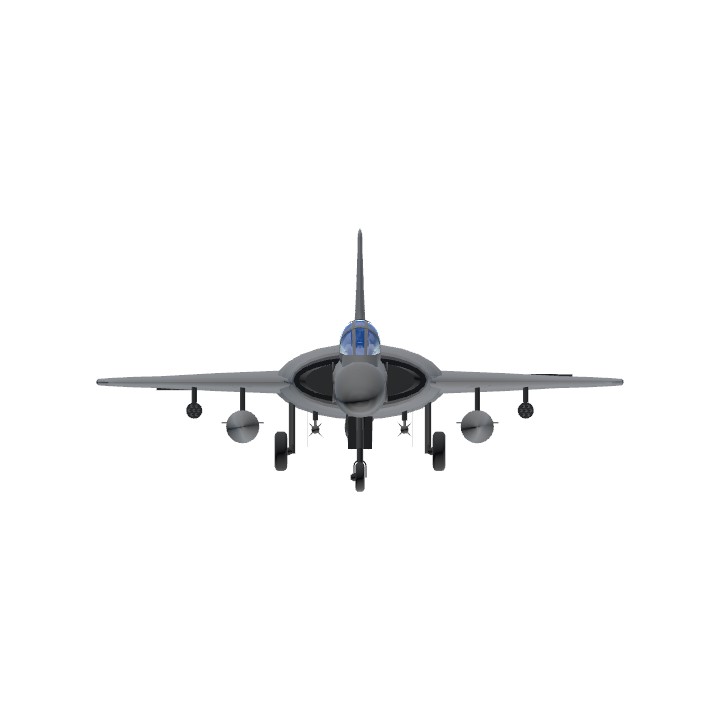
Where's the lamp, gib lamp!
very beautiful. I love your collection
I Love Your "Cold War" Series, But Can You Make A Better Cockpits, Smth Look Realistic.
Bro just dipped for 4 months lmao
long live the king. A-6 Intruder maybe nest ?
Wonderful build! Love the look of this aircraft and you made it fly pretty well!
The king returns!